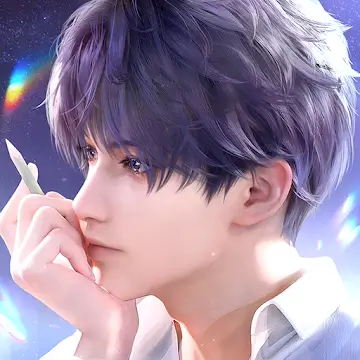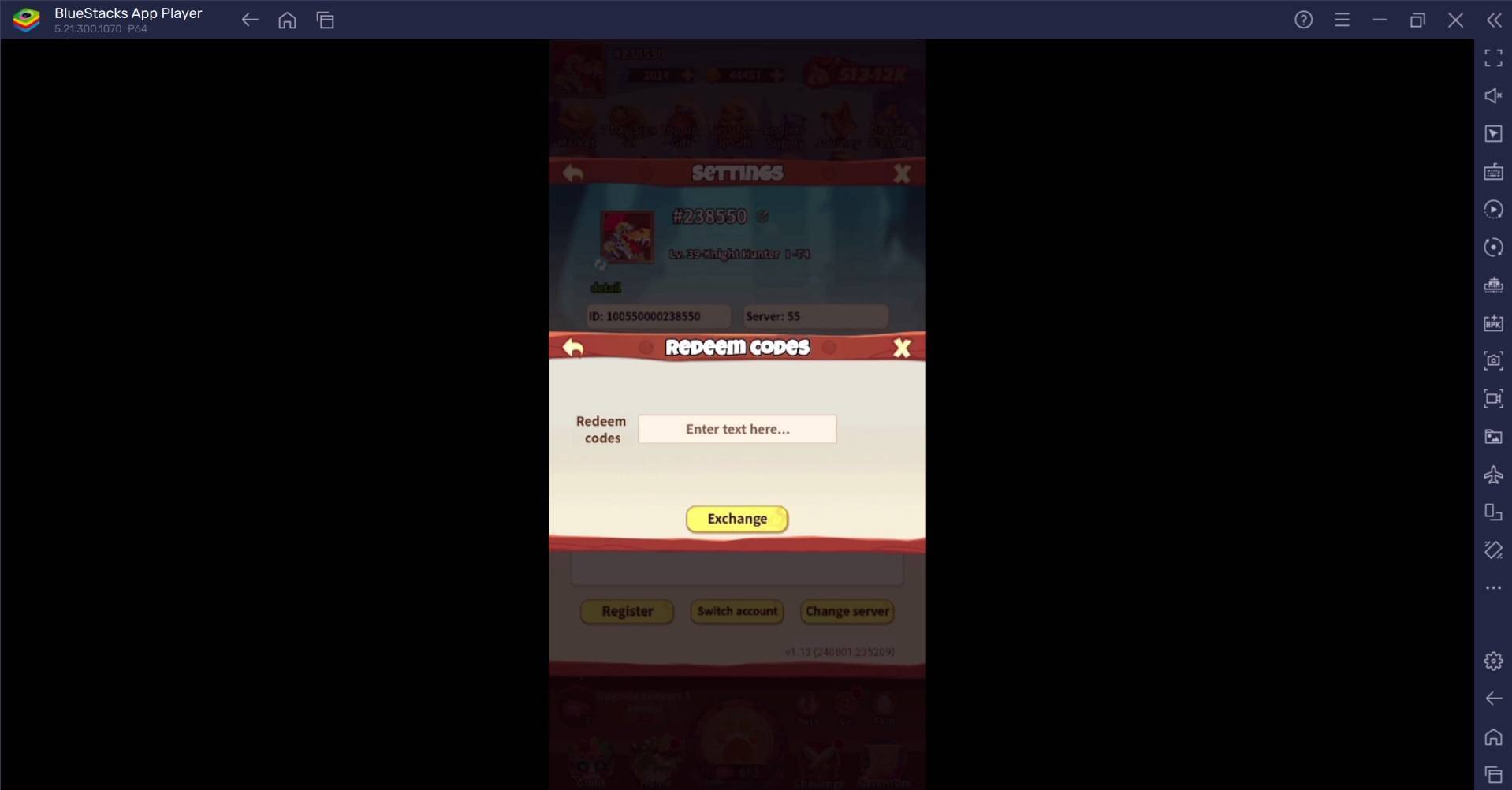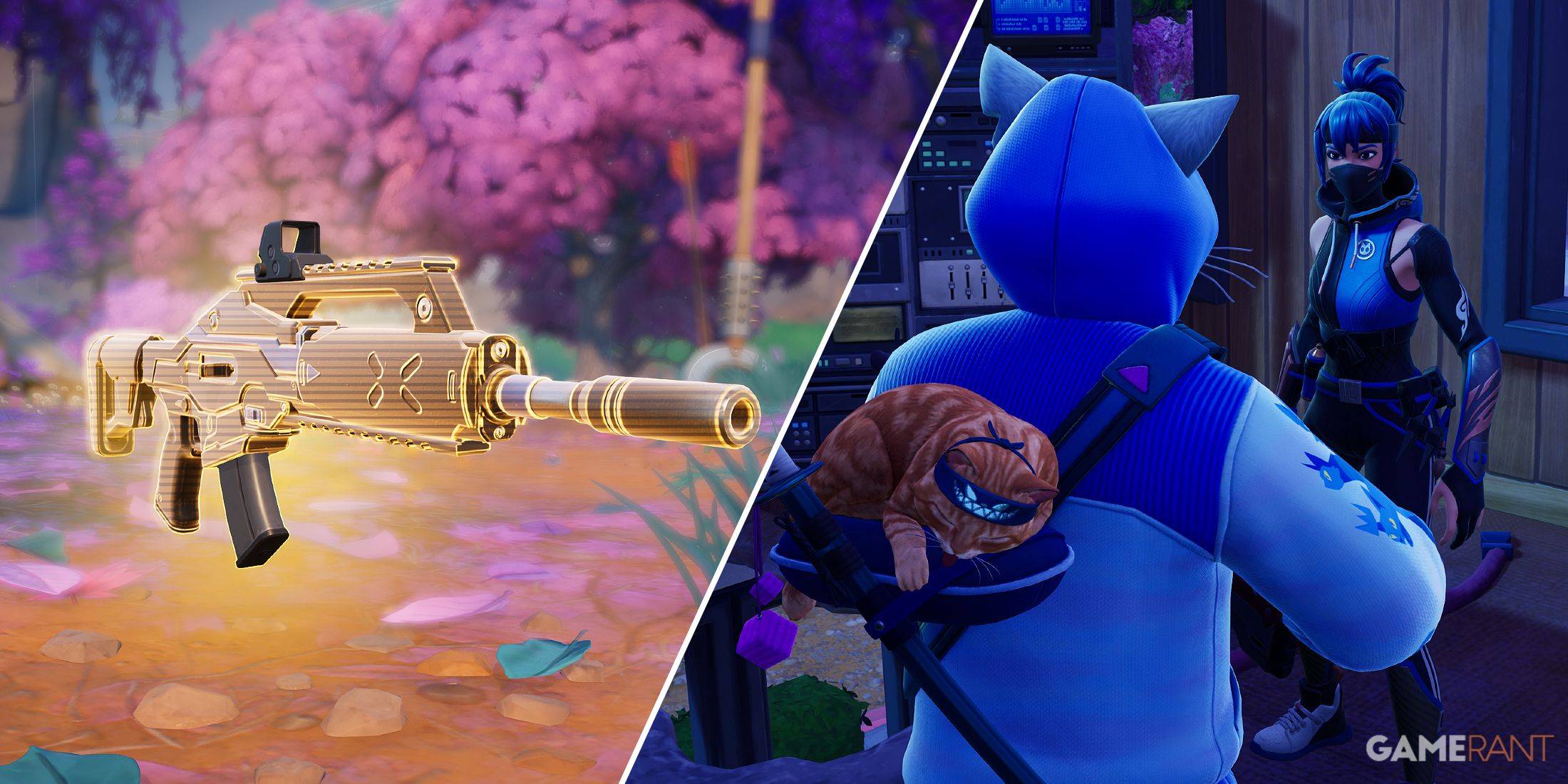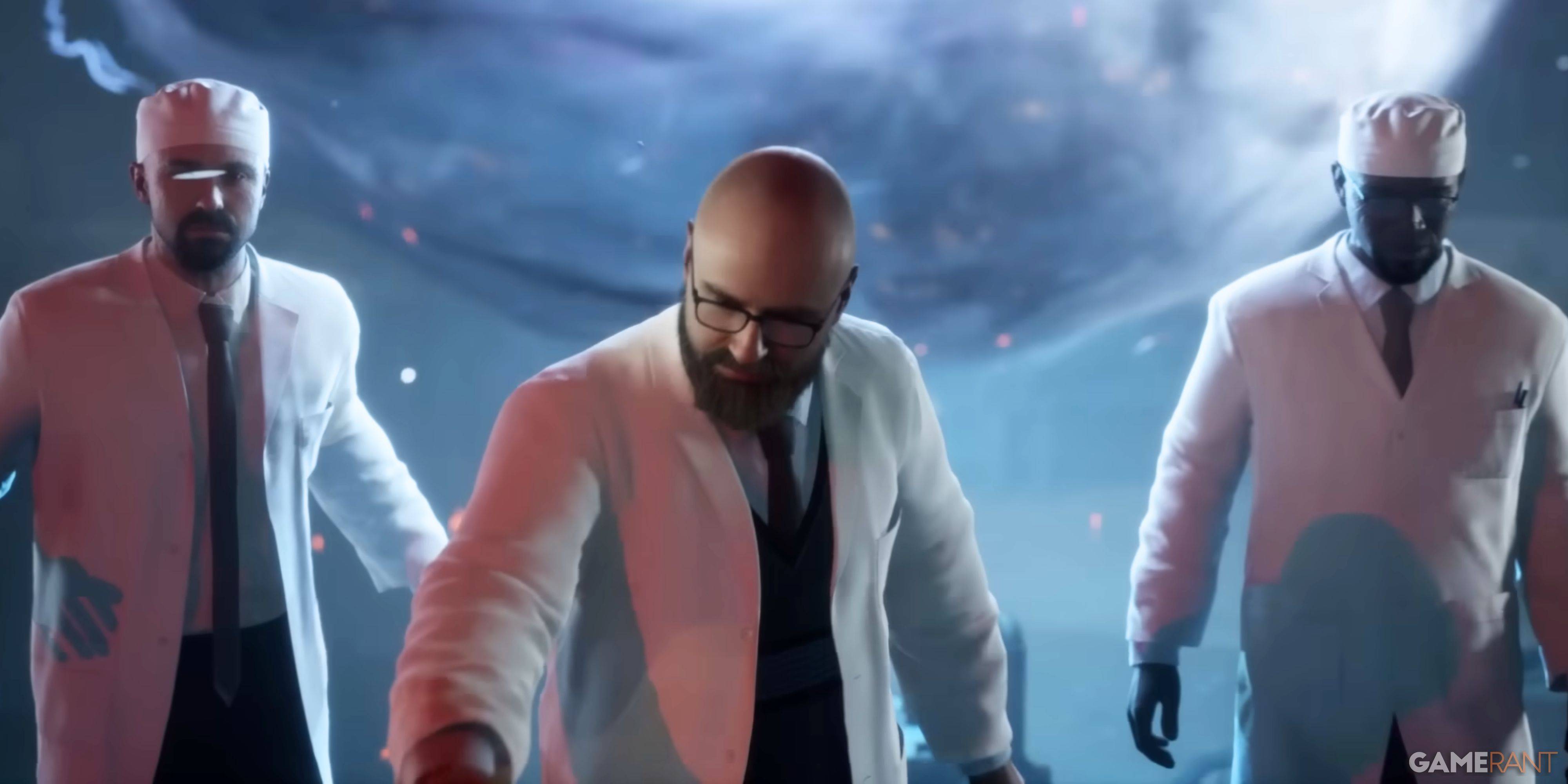After months of intense speculation, rumors, and leaks, Nintendo finally unveiled the Switch 2 through its own Direct presentation. Not only did we receive trailers for exciting new games such as Mario Kart World, Donkey Kong Bonanza, and exclusive Nintendo GameCube titles available only on Switch 2 Online, but perhaps more importantly, we got an in-depth look at the system itself. From an accessibility perspective, I'm thrilled to report that the Switch 2 represents a significant upgrade over its predecessor in nearly every aspect.
Several months ago, I explored my accessibility predictions for Nintendo's latest console. I hoped for more robust accessibility features, enhanced usage of Joy-Con controllers, and innovative inclusive design practices. To my delight, Nintendo not only met these expectations but exceeded them by introducing additional enhancements. Let's delve into the exciting and confirmed accessibility features of the Switch 2 in this Access Designed overview.
New Accessibility Settings
The Direct didn't reveal much about tangible accessibility options beyond fully customizable controls for each virtual GameCube game, which align with the system settings. However, Nintendo released a dedicated accessibility page that outlines a comprehensive suite of returning and new features.
Fully customizable controls make a return, functioning similarly to the original Switch. The ability to adjust text size to three different variants is back, now with the added options of High Contrast and the ability to change general display colors. The essential Zoom functionality also returns, crucial for players with blindness or low vision. Yet, Nintendo's most significant innovation is the introduction of a new "Screen Reader" setting.
For blind and low vision individuals, settings like Text-to-Speech are vital for navigating menus and settings. While the Screen Reader option is currently limited to the HOME menu and system settings, it's an essential tool that allows disabled players to navigate the Switch 2 independently. The feature includes options to choose different voices, adjust reading speeds, and set volume levels. While we await details on whether individual games will support these tools or offer their own accessibility features, Nintendo's recognition of its disabled audience is a promising sign and heightens my interest in the future of accessibility at the company.
Innovative Design
Outside of specific menu settings, Nintendo introduced an inclusive tool that not only enriches a beloved franchise but also significantly enhances cognitive, physical, and blind/low vision accessibility. Within the revamped Nintendo Switch App, we find Zelda Notes, a companion app for Breath of the Wild and Tears of the Kingdom. The Navigation feature within the app allows players to locate shops, areas of interest, and even elusive Koroks using a GPS-like interface. Accompanied by audio cues and voices, the app guides players to their chosen locations. Although it doesn't assist with precise navigation or combat, it helps blind and low vision players explore the overworld and reduces cognitive overload associated with traversing vast landscapes.
For cognitive, blind/low vision, and physically disabled players, the app also introduces the Autobuild Sharing tool, enabling players to share their custom Zonai tech creations. By scanning a QR code, disabled individuals can automatically construct a Zonai machine if they possess the necessary materials. As someone who struggled with the control layout and button requirements for building Zonai machinery in Tears of the Kingdom, this tool is a game-changer. It shifts the focus to gathering materials rather than the construction process itself, all underpinned by Nintendo's commitment to inclusive design, which I have long commended.
Additionally, disabled players can share items through the Item Sharing feature, similar to Autobuild Sharing. By scanning a QR code, players can instantly access items shared by friends, alleviating the physical strain of constantly searching the game world for weapons and food. While these features don't make Breath of the Wild and Tears of the Kingdom fully accessible, they represent substantial progress.
Wheelchair Sports
The most surprising announcement was Drag X Drive, a game akin to Rocket League that lets players control characters in manual wheelchairs on a basketball court. This announcement not only showcases excellent disability representation but also highlights one of the few new hardware features of the Switch 2—mouse control.
By turning the Joy-Con on its side, players can use it as a mouse across any surface. While the required force to move the cursor remains undisclosed, this innovative control method promises to enhance accessibility for a range of disabled players. Combined with the existing variety of controller types available for the Switch and Switch 2, Nintendo continues to push the boundaries of controller usage.
As a lifelong Nintendo fan, I'm incredibly excited about the Switch 2. While the $450 price point gives me pause, my gaming journey began with Nintendo, and each new console brings exciting accessibility enhancements that underscore the company's dedication to accessibility and inclusive design. Although Nintendo has yet to release a first-party accessible controller like the Xbox Adaptive Controller or PlayStation Access Controller, it is innovating in unique ways to cater to disabled players. Coupled with Nintendo's recent commitment to join other developers in creating standardized accessibility tags, I'm confident that Nintendo will continue to advance accessibility for the better.



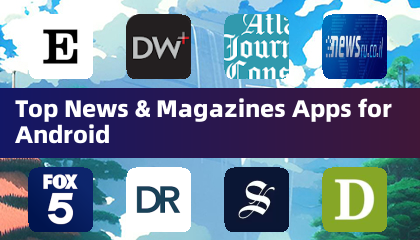
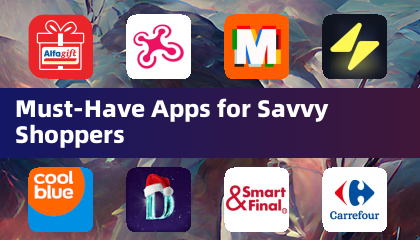


![Taffy Tales [v1.07.3a]](https://imgs.xfsxw.com/uploads/32/1719554710667e529623764.jpg)





